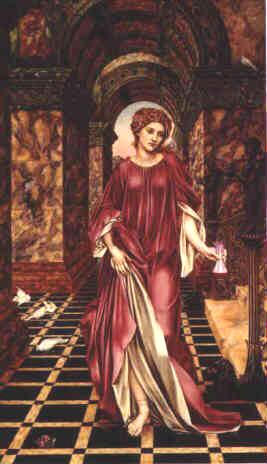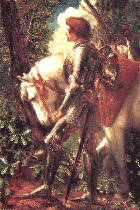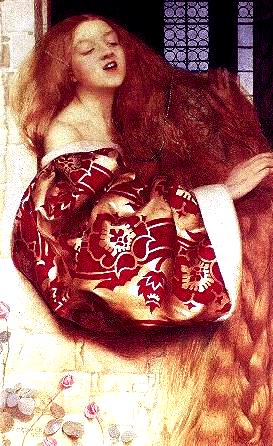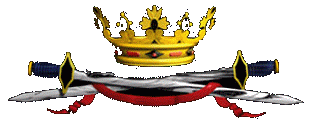



|



|
|

Chess
Chess dates back to ancient Egypt. The was played by the Vikings in the 10th century, and texts with rules survive from the late 13th century.
Played by mostly noble classes, chess was used for training ground for the strategies, tactics, and thought processes that were employed in besieging castles during times of war. The pieces represent the echelon of the medieval army and society. There are one king and queen, clergymen representing the bishop, knights or mounted warriors and castles or rooks. The rest of the army is made up of conscripted peasants who are the pawns; these are the troops that are forced to the enemy first in battle.
Draughts or Checkers
This was common during the Middle Ages and was popular more so among women and the lower classes who were unable to understand the game of chess. It was also played by women as it was not as warlike as chess. The games was popular on the continent and it was not until the late 16th or early 17th century it came to England.
Tables
Tables are similar to the modern game of backgammon and were enjoyed by both sexes - anyone who was able to afford a board and marker pieces could play. The rules are similar to backgammon and it was not uncommon to see a board at a medieval feast.
Merrills
Also known as Nine Man's Morris, is extremely old, certainly dating to the early Middle Ages.
For the rules visit Merrill Rules.

 Please read our Legal Statement and Privacy Policy.
|